Idea by
Cristina Chelarescu
Call for ideas 2018
Financialized Architecture
Financialized Architecture
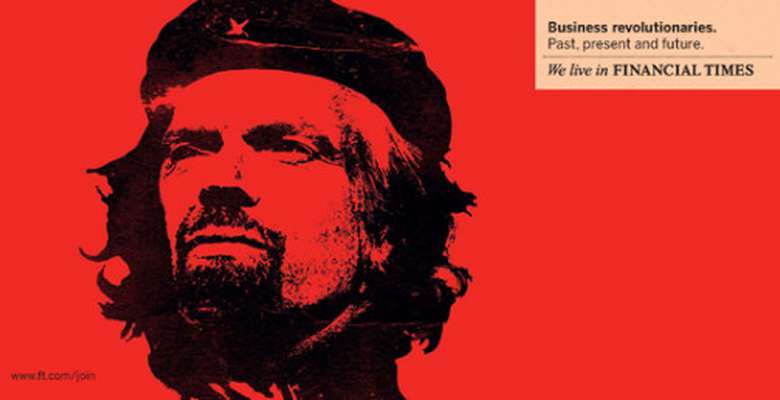
"We live in financial times" declared The Financial Times in a new slogan launched in April 2007. We also live in placeless/ spaceless "ageographical" times: the difference between places become less important as the world becomes more interconnected
The contemporary city is driven by the pursuit of financial interest in contrast to the grand urban visions of the twentieth century which celebrated the city as a public phenomenon. Our housing and educational decisions are dominated by the financial system
The financialization of architecture is so widespread, it becomes increasingly unclear for whom and why buildings are produced. Architecture and marketing merge: computer renderings precede technical drawings, the sale of apartments precedes their design, the salesmen precede the architect
The future of architecture should look at ways to integrate new financial strategies in order to turn the buildings users from "prospective buyers" back into "residents"
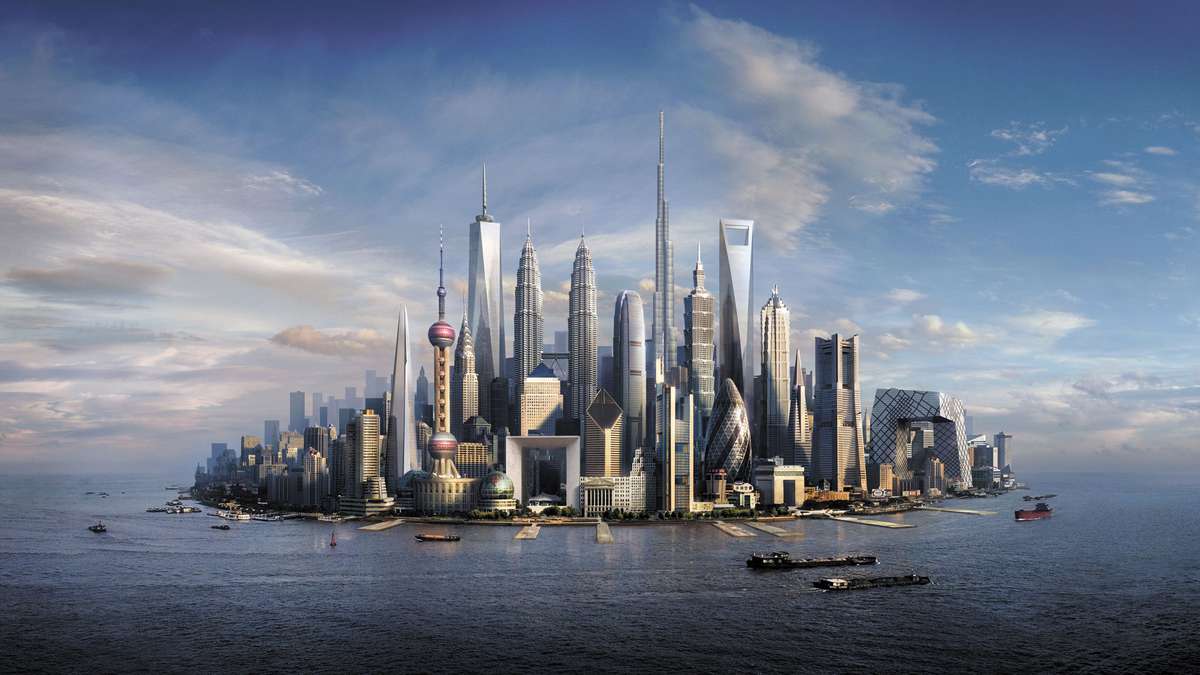
The end of geography: the difference between places becomes less important as the world becomes increasingly interconnected
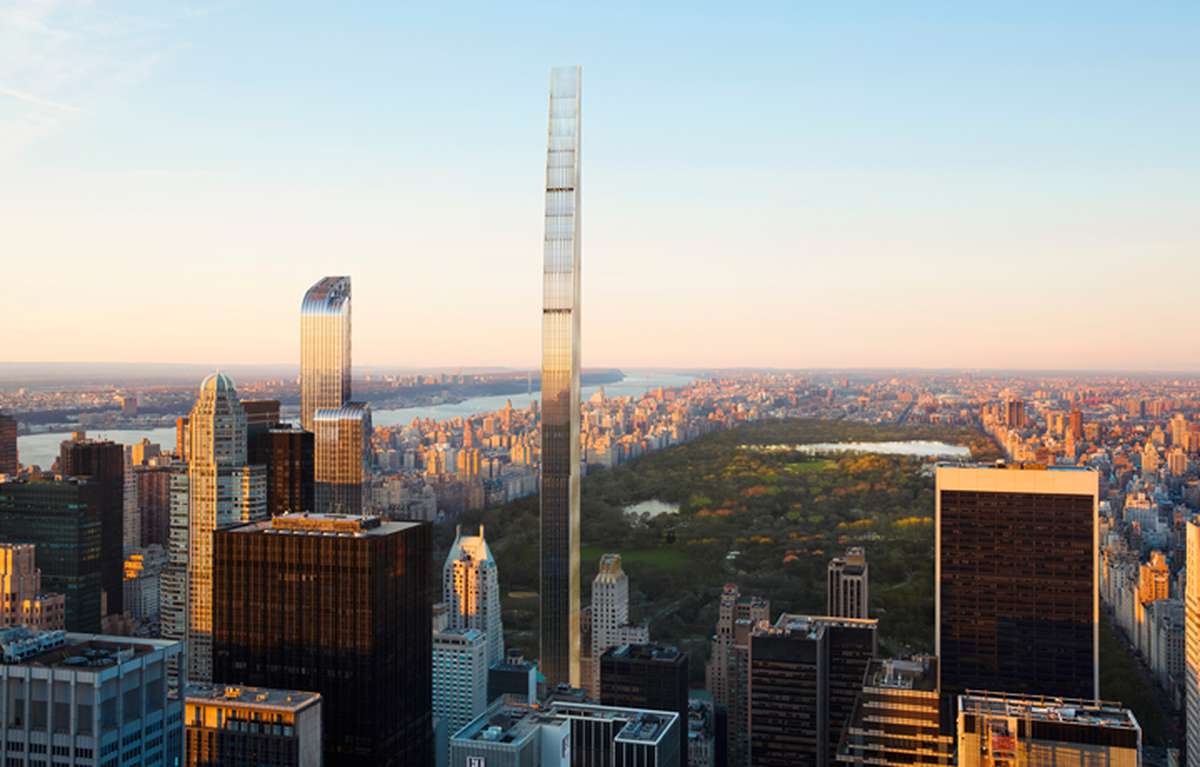
Financialized architectural form: ultra-thin, super-tall much more expensive condominium towers are driving both heights and prices skyward
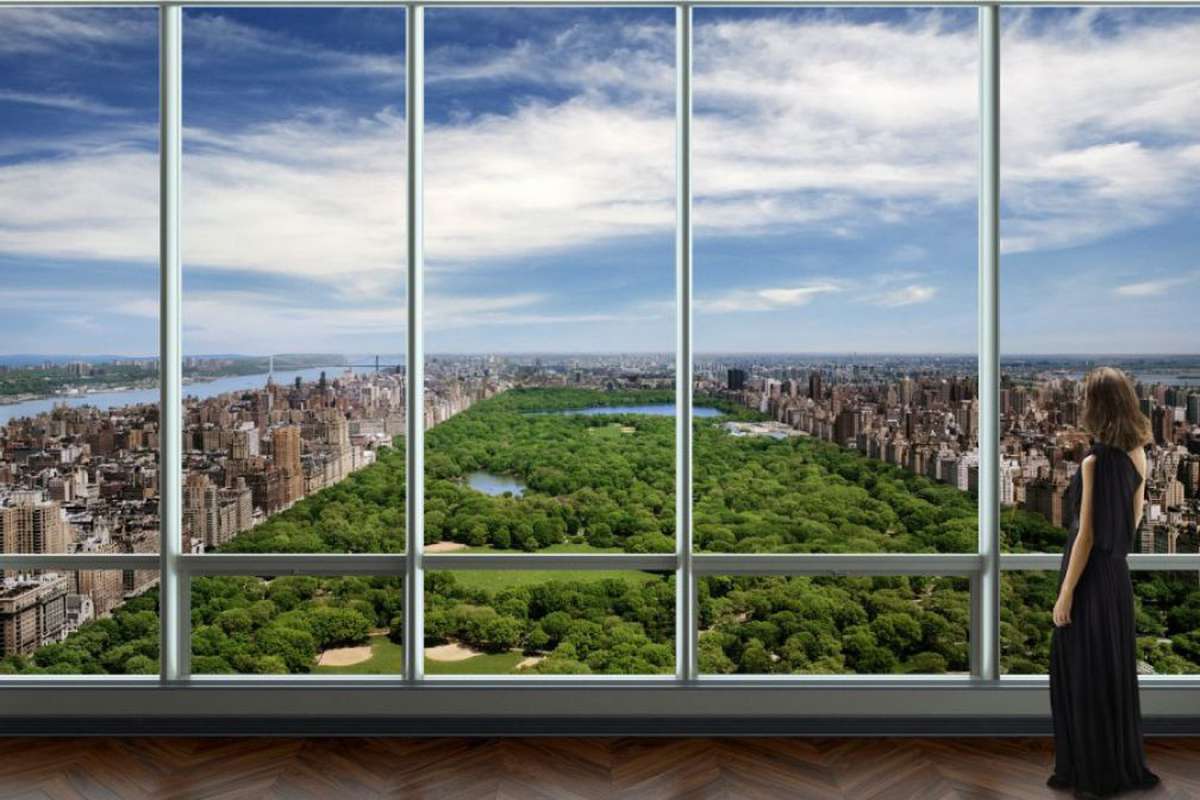
Condominium towers, unique spatio-financial formations designed to maximize the investment asset function to the point of displacing architecture's many other possible roles.
Interior of the most expensive penthouse of One 57 NY sold for over 90M$ to a hedge fund manager. The future owner does not plan to live there, but to hold it as an investment.
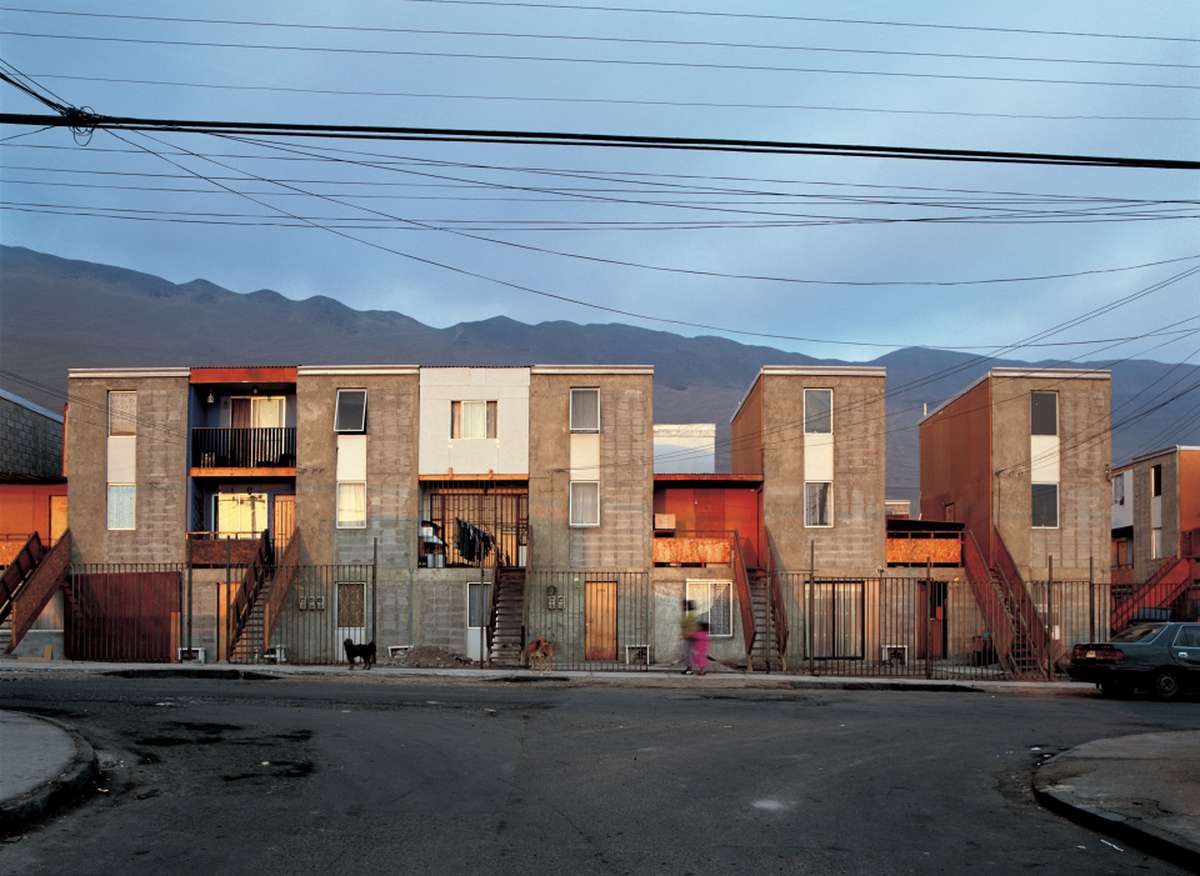
Alejandro Aravena re-engineering the loan system to make it possible for the people in Quinta Monroy to buy their houses.

In Cape Town Urban Think Tank are working on a cooperative model that revolves around rooftop solar panels. Th government provides leases of fifteen years against which the owners can secure microcredit loans for construction, while the solar panel generates income by feeding the excess energy into the grid
Financialized Architecture
Financialized Architecture

"We live in financial times" declared The Financial Times in a new slogan launched in April 2007. We also live in placeless/ spaceless "ageographical" times: the difference between places become less important as the world becomes more interconnected
The contemporary city is driven by the pursuit of financial interest in contrast to the grand urban visions of the twentieth century which celebrated the city as a public phenomenon. Our housing and educational decisions are dominated by the financial system
The financialization of architecture is so widespread, it becomes increasingly unclear for whom and why buildings are produced. Architecture and marketing merge: computer renderings precede technical drawings, the sale of apartments precedes their design, the salesmen precede the architect
The future of architecture should look at ways to integrate new financial strategies in order to turn the buildings users from "prospective buyers" back into "residents"
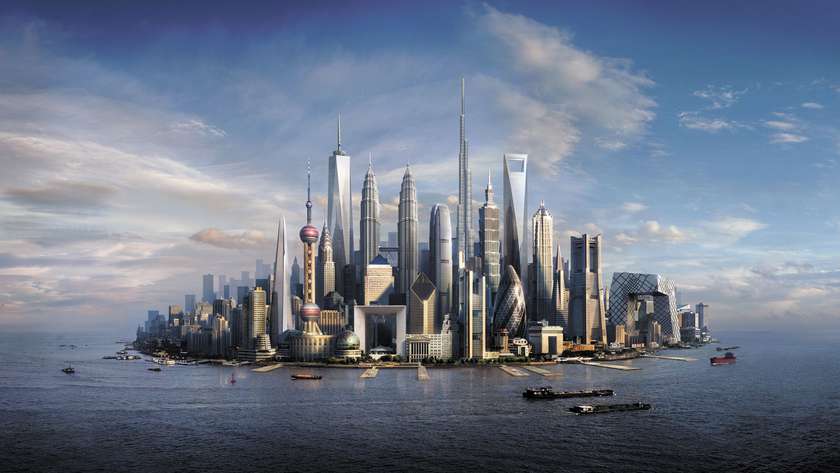
The end of geography: the difference between places becomes less important as the world becomes increasingly interconnected
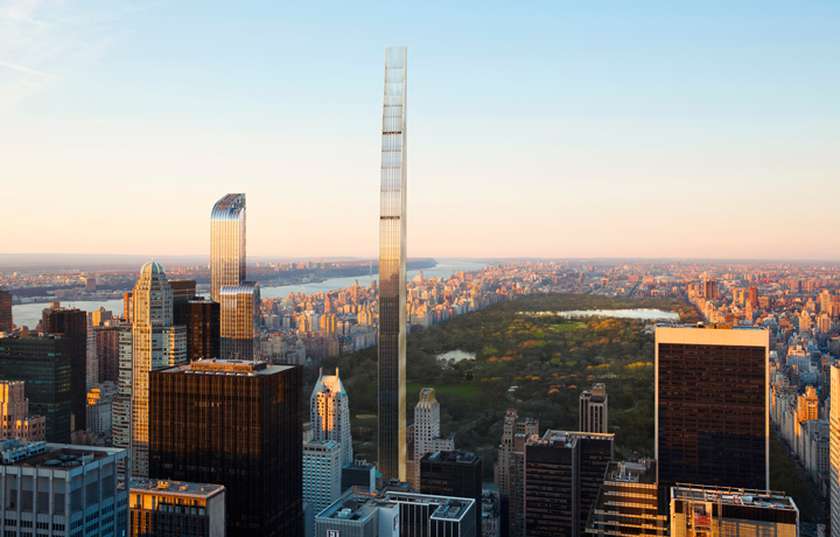
Financialized architectural form: ultra-thin, super-tall much more expensive condominium towers are driving both heights and prices skyward
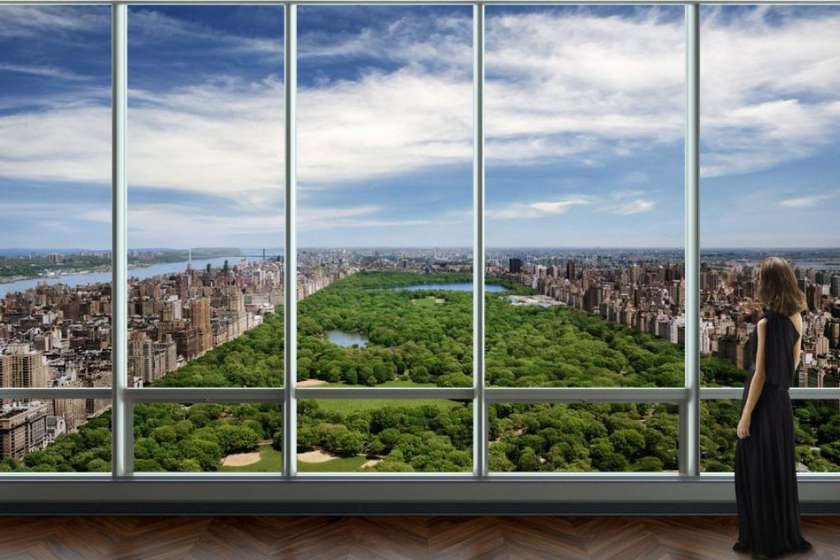
Condominium towers, unique spatio-financial formations designed to maximize the investment asset function to the point of displacing architecture's many other possible roles.
Interior of the most expensive penthouse of One 57 NY sold for over 90M$ to a hedge fund manager. The future owner does not plan to live there, but to hold it as an investment.
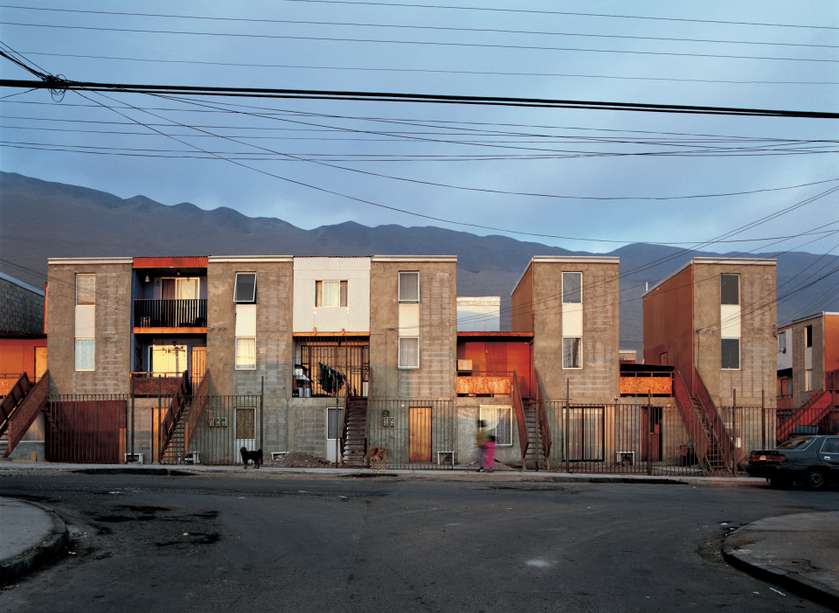
Alejandro Aravena re-engineering the loan system to make it possible for the people in Quinta Monroy to buy their houses.
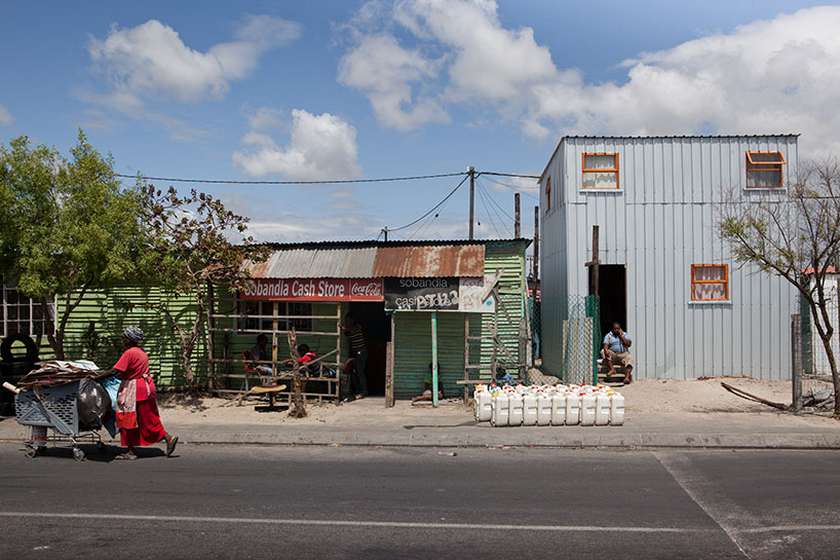
In Cape Town Urban Think Tank are working on a cooperative model that revolves around rooftop solar panels. Th government provides leases of fifteen years against which the owners can secure microcredit loans for construction, while the solar panel generates income by feeding the excess energy into the grid